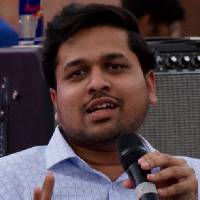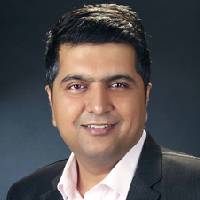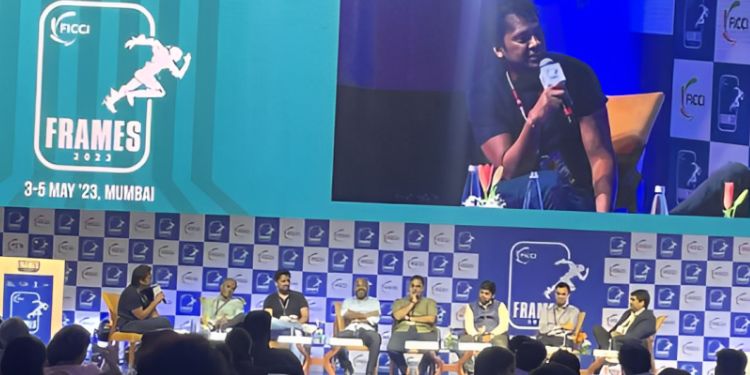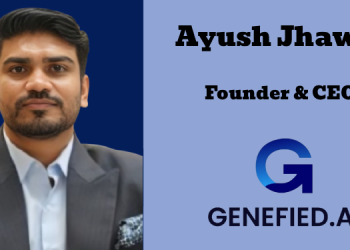The business model of OTT was in sharp focus in a session moderated by Chrome Data Analytics and Media’s Founder & CEO Pankaj Krishna, at the 23rd edition of media and entertainment conclave FICCI Frames in Mumbai.
In the post lunch session on 3rd May 2023, the moderator set the tone in the context of ‘killer’ customer acquisition costs for OTT and posed the question: AVOD, SVOD, hybrid – what works?

Ajay Chacko, Co-Founder, Arré, said, “In the last seven to eight years since the boom in OTT, the business model has changed two to three times. The business model is where the disruption is happening. Players at the tech end like Meta and Google and the influencers have their business model sorted – there is value at both ends. There is a big gap… (sic). The question of business model has not been answered in this (OTT) sector.”

Some OTT players are paying Rs.2,000 to acquire a Rs.500 customer, pointed out Aamir Mulani, Founder & CEO, Playbox TV. With a rise in the number of players, the cost of advertising online to acquire customers has gone up but the model is unsustainable because one is not able to charge for the content to make up, he explained. He made the case for aggregation and bundling instead of selling offerings separately.

Praveen Chaudhary, Director, Retention Engagement & Growth Strategy, DTC Marketing, Warner Bros Discovery, APAC, countered the view. He said, “We are quite convinced of the opportunity. Yes, there are some short term challenges that all OTT players face. In the last two to three years things have improved dramatically with some industry-level improvements.” He cited developments like ubiquitous UPI payments making renewals easier.
“Looking at customer lifetime value, we have reached a stage where we see the business becoming profitable on an incremental basis,” Chaudhary added.
Asked about the scope for other players with most successful content largely being from one or two OTT platforms, Chaudhury responded, “Things are evolving. Not all of us need to be at the scale of a Disney+ Hotstar. Each has their place. We need to reinvent (only) if people are moving away from the content.”
A Hybrid Future?

The current market is a hybrid one with VOD, freemium, subscription including aggregation and bundled offers in play. “There isn’t one (single) model that is going to be there. Your content investment dictates how your revenue model shapes up,” observed Amit Dhanuka, Executive VP, Lionsgate.

Ambesh Tiwari, Business Head, Audio & Studio, Pratilipi, concurred that the reach of each channel being different, it boiled down to the TG and content investment made.
While Arha Media and Broadcasting started off with a subscription-based model, language loyalty and awareness about and affinity for OTT helped the brand scale in the tier 1 cities in the four South Indian languages, explained its Vice President & Head of Non Subscription Revenue Nitin Burman.
“To reach a rural audience, we had to make a hybrid model (with the same content). (Most of) The Indian audience is okay with some ads in between,” he added.
He explained how the OTT player had worked to integrate brands like Sprite, Mangaldeep and Centerfresh seamlessly into the content, creating another revenue stream.
“From a P&L point of view, non-subscription revenue (for Arha) is 30 to 40 pc in the last two years,” he revealed.

Nachiket Pantvaidya, Ex Group CEO, Balaji Telefilms, made the case for scale – and advertising – with the case of Jio streaming IPL free.
“If you want to be big in India, you need advertising. Post the IPL going free, the Indian consumer is going to say, ‘Why pay for anything?'” he contended.
In the AVOD vs SVOD race, AVOD has won the race, stated the speaker, adding that the real game changers would be those who explore the intersection of content with spaces like e-commerce and gaming.
Tiwari added, “The way brands are reaching consumers has changed. Meta’s and Google’s shares have been eaten into by Amazon. Jio has eliminated the intermediaries and acquired the customers by giving IPL for free.”
Will M&E be a subset of telecom or ecom?
M&E will be a subset of either telecom or e-commerce, observed the speaker.
Chaudhuri countered, “I am not sure about ecommerce and content coming together. I am not sure that model has been cracked.”
He backed his point stating that the consumer’s expectations while seeking entertainment and e-commerce experiences were different.
Panchvaidya said, “The TV versus digital argument will become obsolete. Every year, 10 to 15 pc of not connected TVs are getting connected.”
He added, “This is a country of ‘free’. Data grew because 1GB was given free. The game could go to a very low cost model, with a lot of advertising.”
Burman observed that there will always be a niche set of customers willing to pay for content without ads, but added that for monetisation, ads would play the biggest role.
Chacko surmised, “At the tech-end, the path has already been taken. The access has been taken away from content creators (including OTT) If one can gain control of that access without depending completely on telecom or ecom players…(sic). If that can be done, that will be a game changer.”
Feedback: [email protected]

















